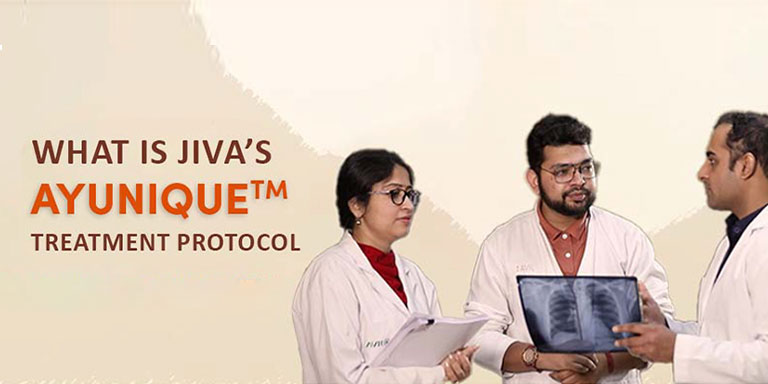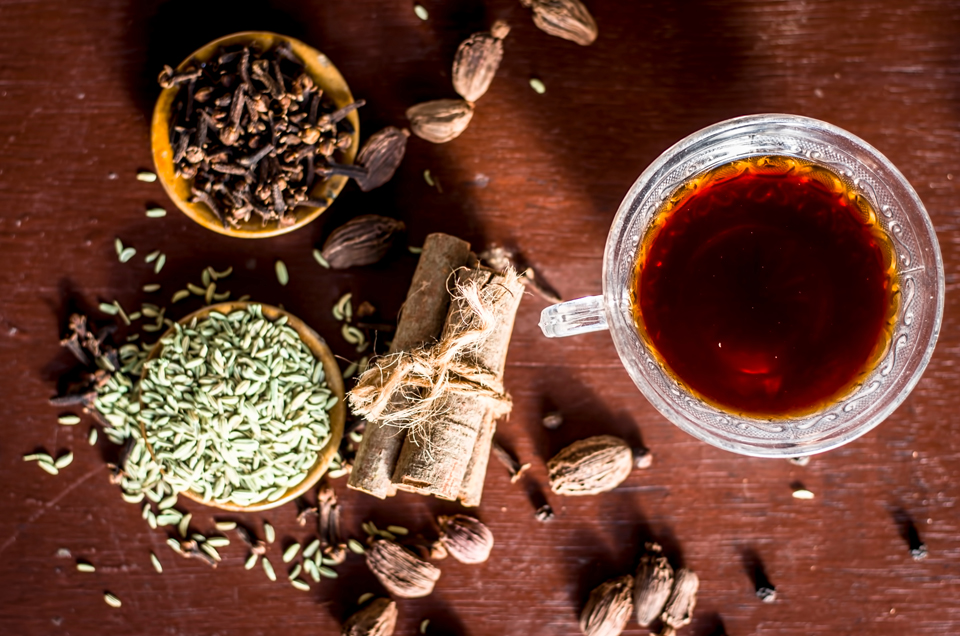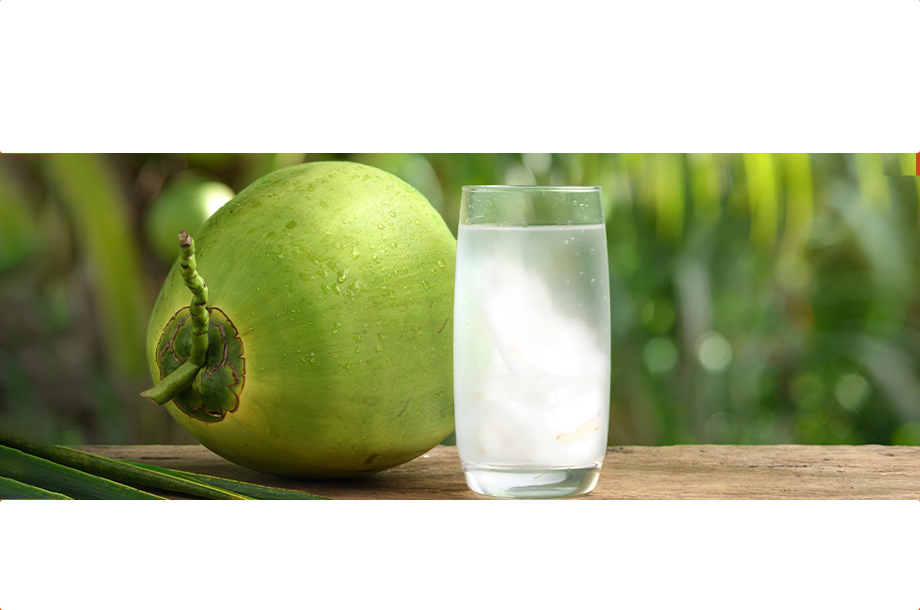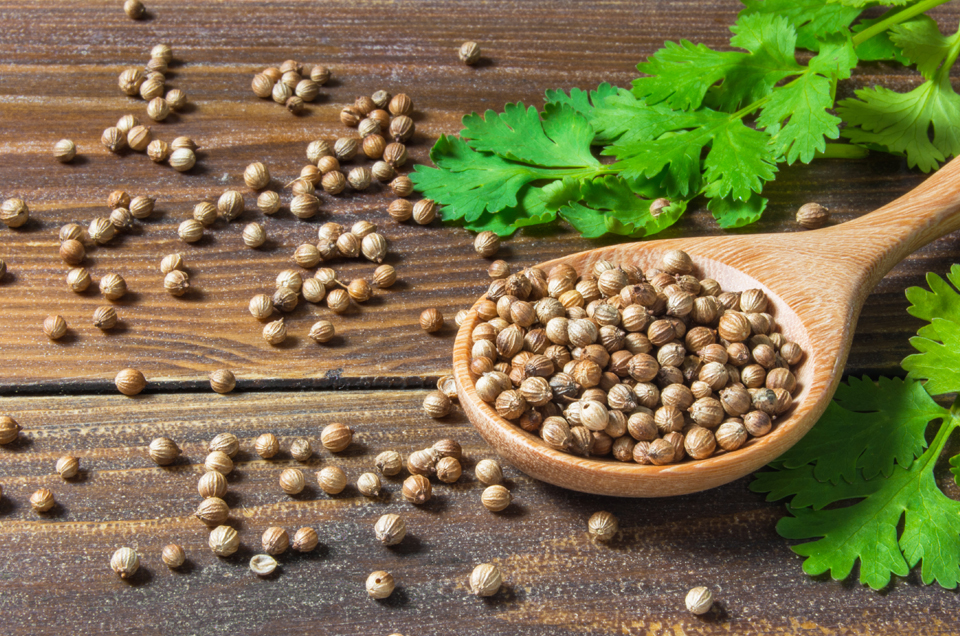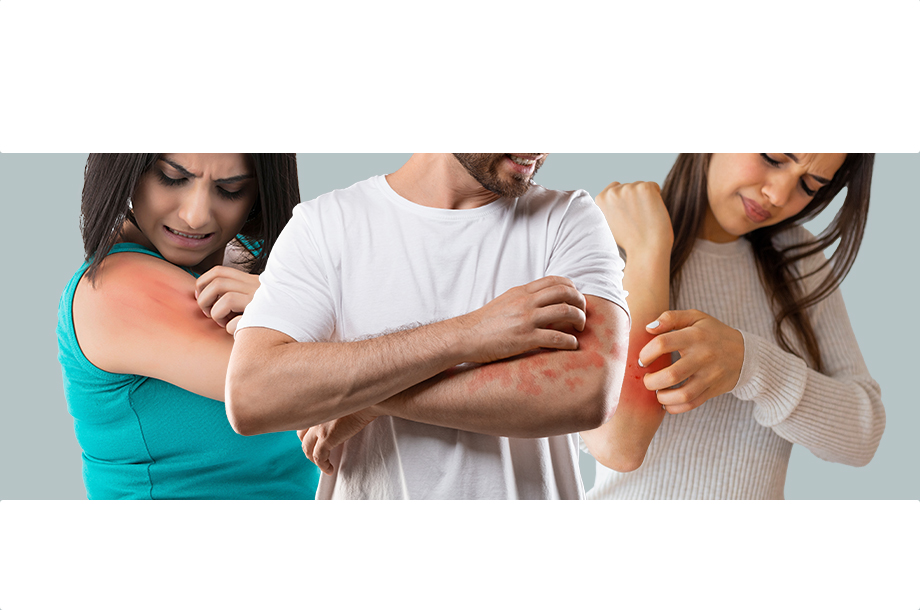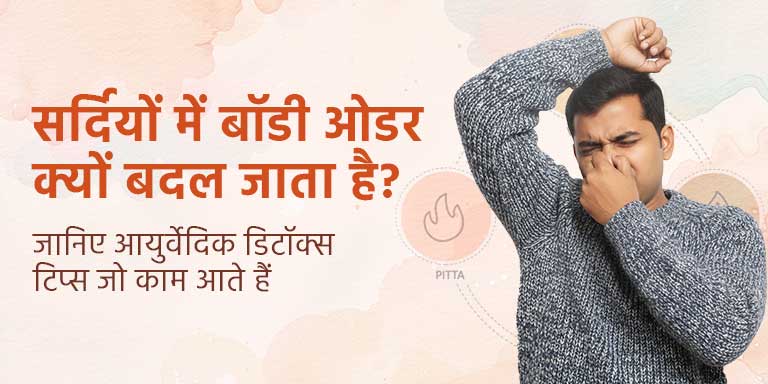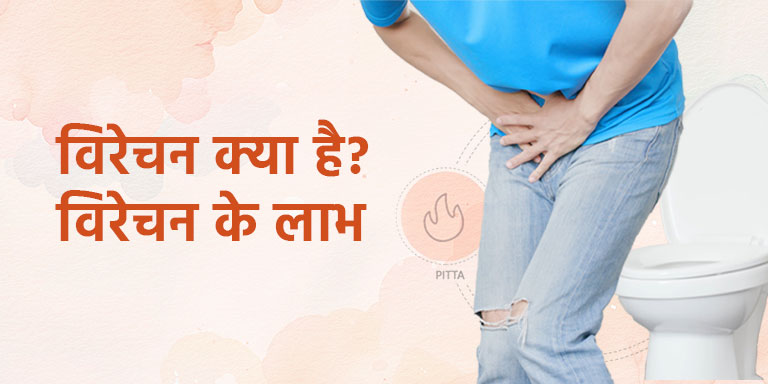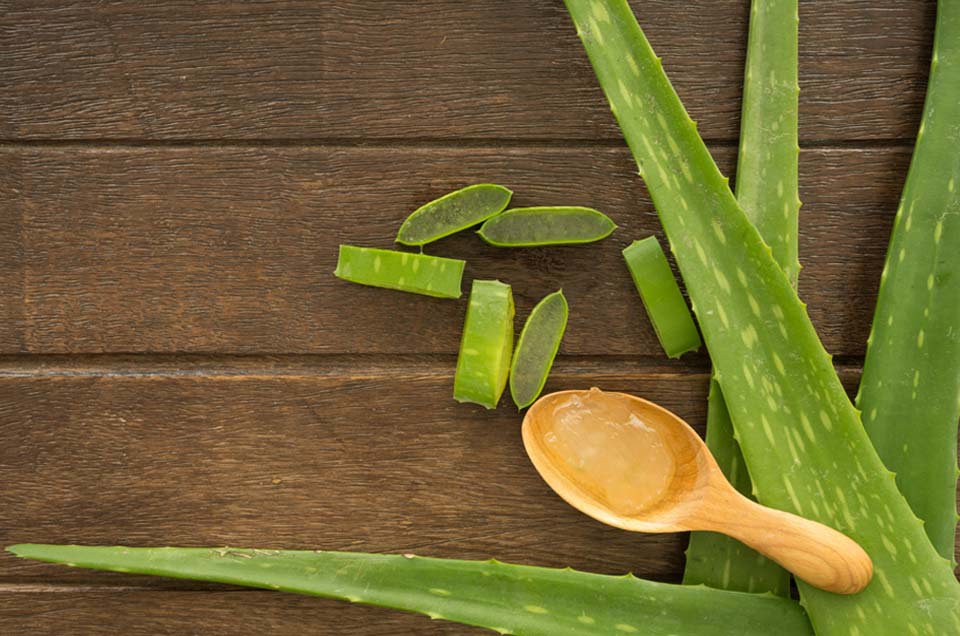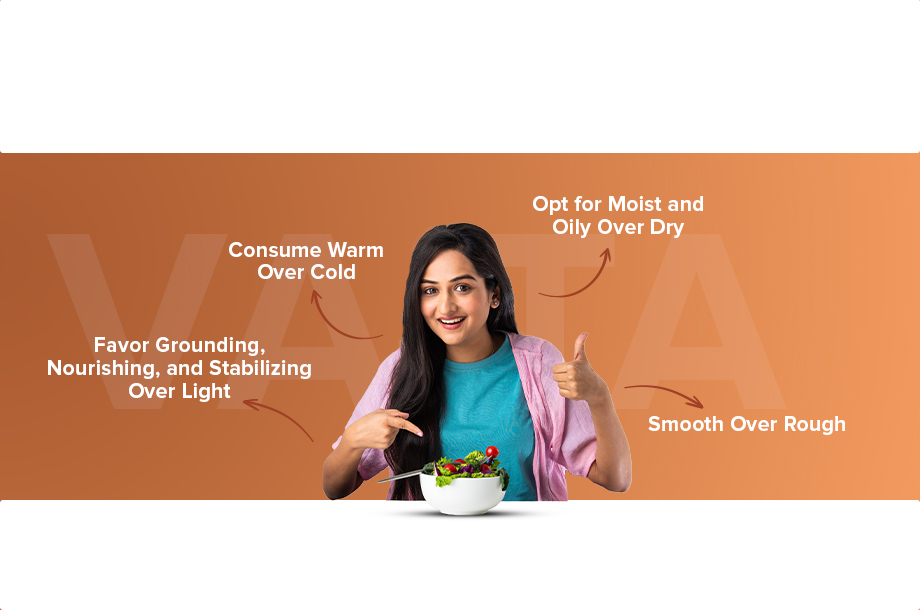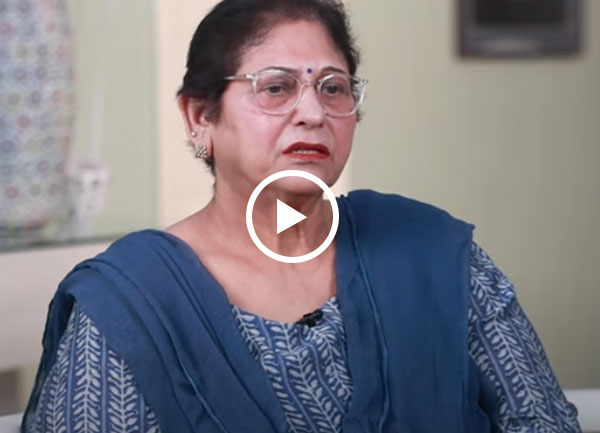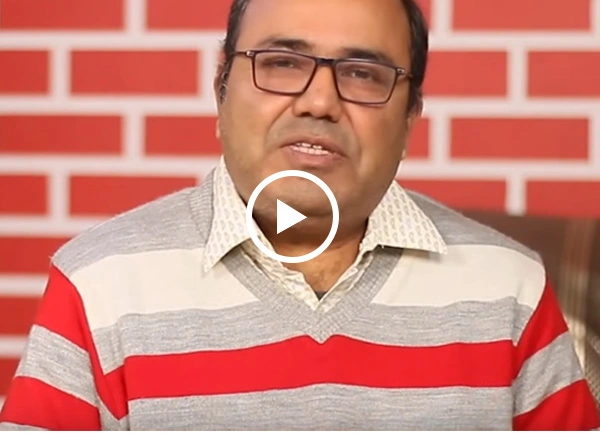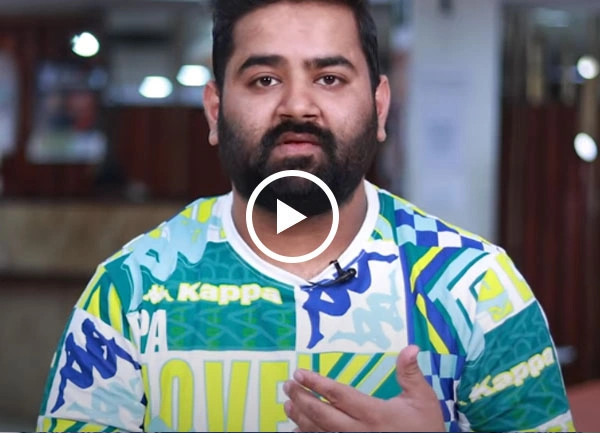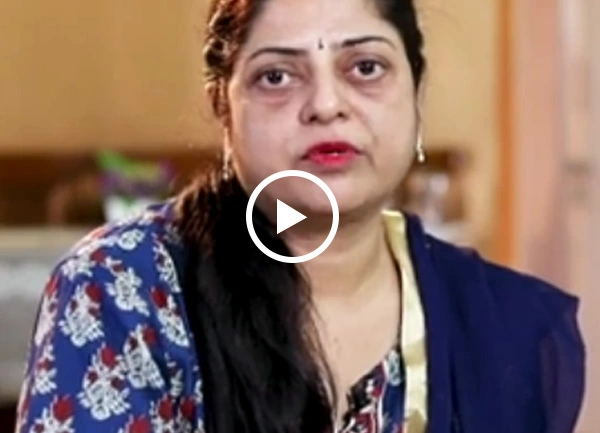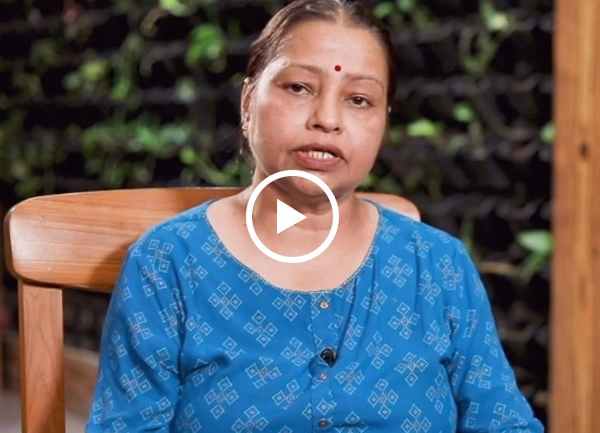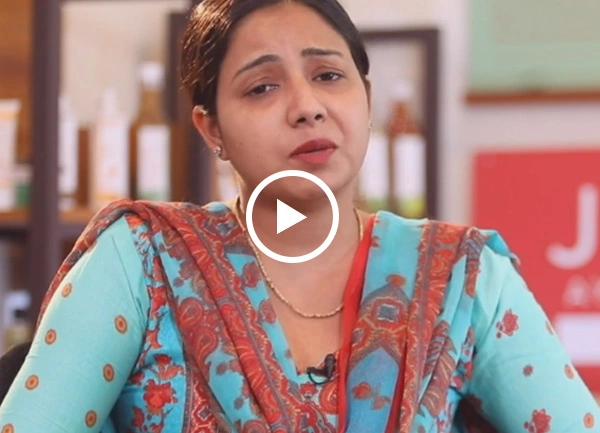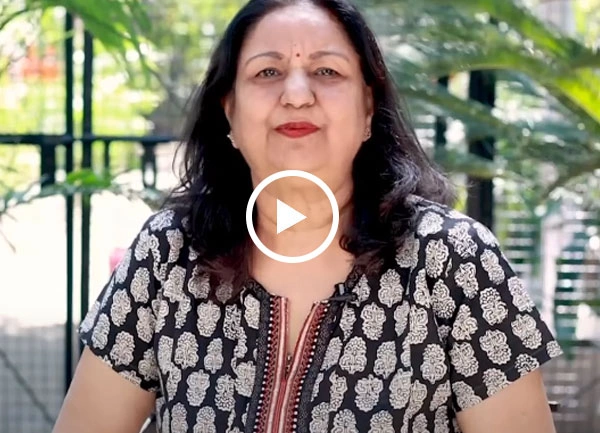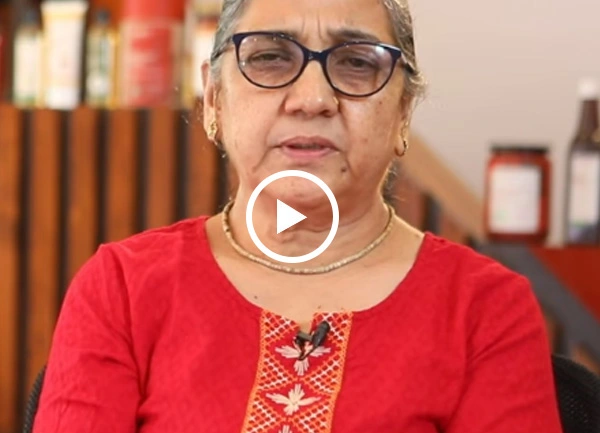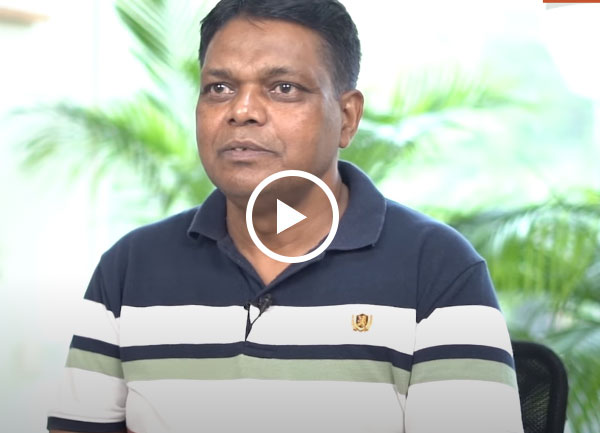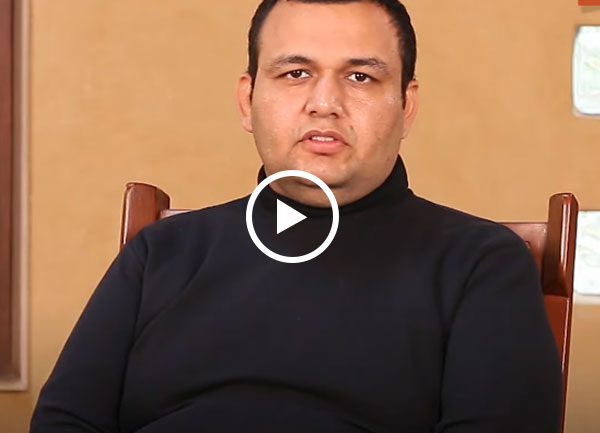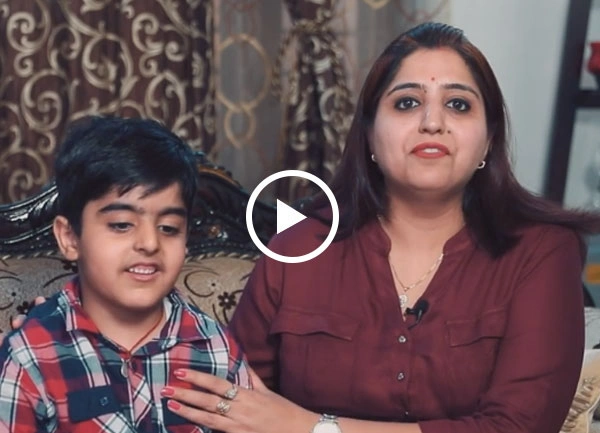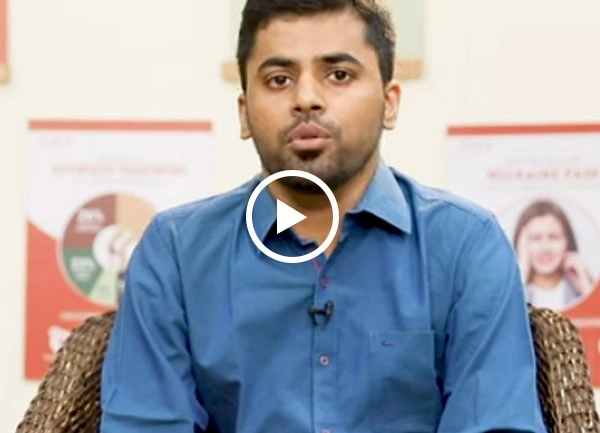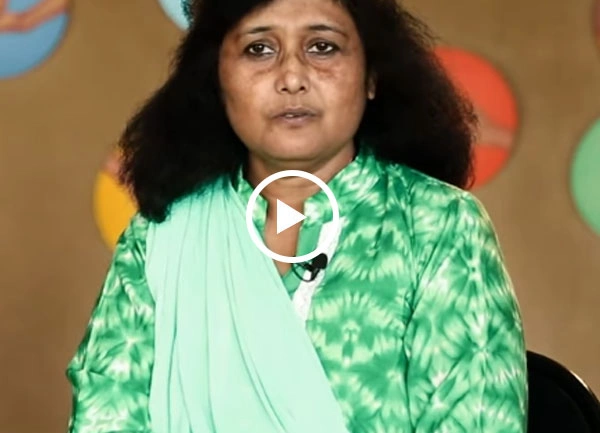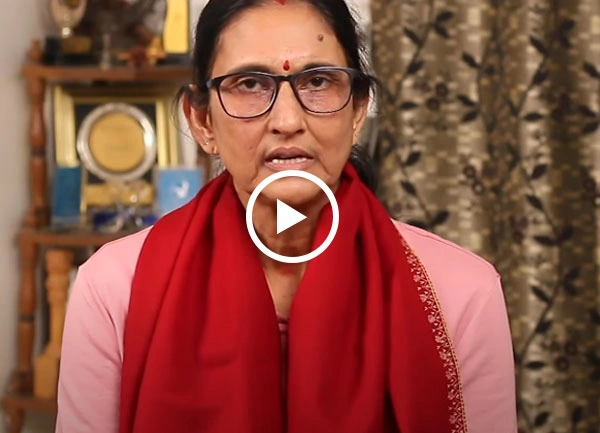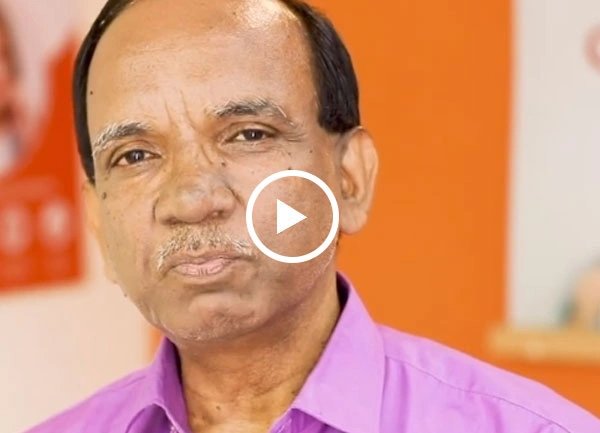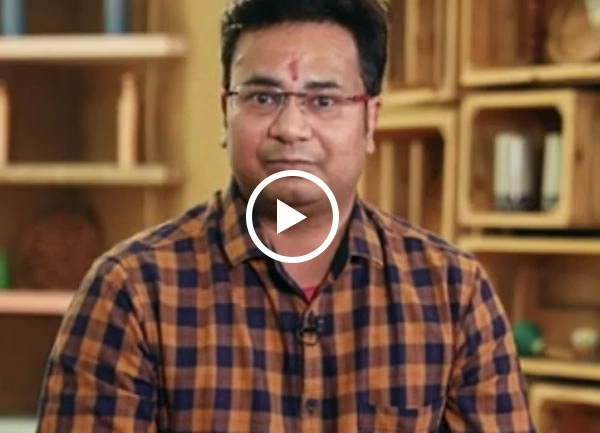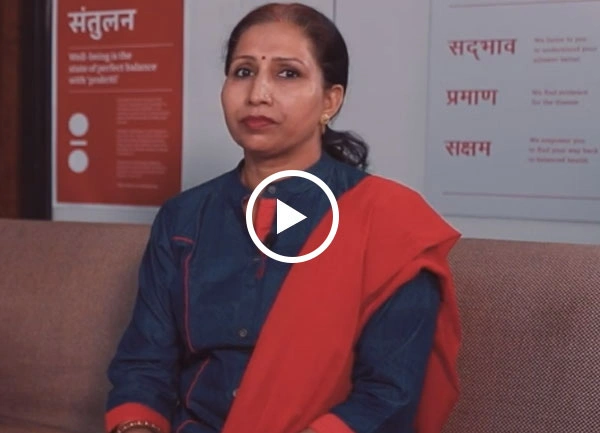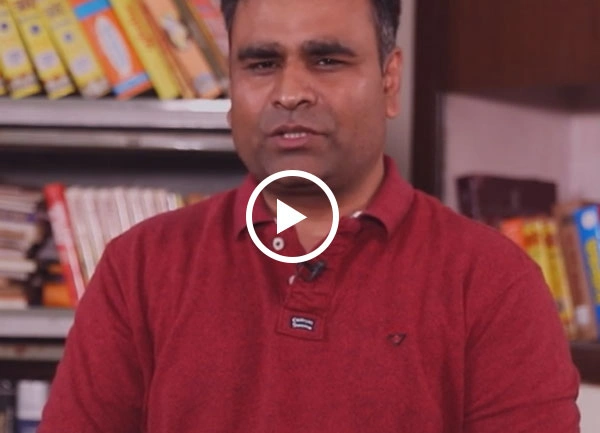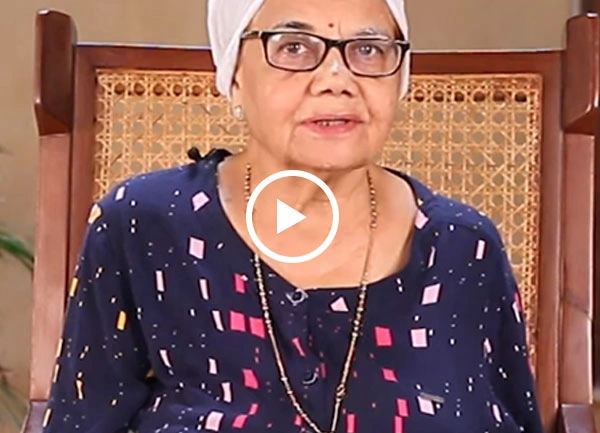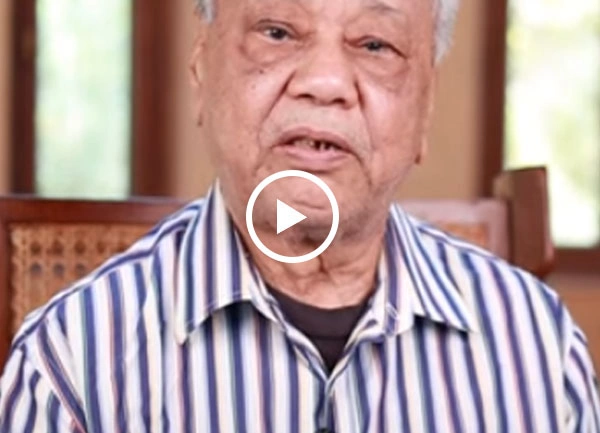Ayurveda's success can be attributed to its organized and methodical ways, a good example being Ayurveda's clinical methods. A proper diagnosis forms the basis for effective treatment, whereas ignorance of disease or improper diagnosis leads to inefficient treatment. In Ayurveda, the diagnosis and treatment of diseases are based on the information derived from two areas: - examination of the patient (rogi pariksa) - examination of the disease (roga pariksa)
Rogi pariksa or the examination of a patient consists of three steps: - Darsana - examination by inspection - Sparsana - examination by touch - Prasna - examination by interrogation
The process of diagnosis begins even as the patient walks into the consultation room. In addition to gathering information from specific questions about symptoms, lifestyle, diet and medical history, the physician systematically observes other features that may provide clues to the cause and duration of the illness. A sharp observation of the patient's gait, physique and appearance conveys a lot of information about his general condition. This is called "darsana pariksa" or observation.
"Sparsana pariksa" is examination by touch (sparsa). The physician can evaluate several factors through the medium of touch. He can assess the temperature of the body, feel the margins of swellings in skin, read and note the characteristics of pulse, or check for organ enlargements. The conventional clinical methods of palpation and percussion are examples of tactile examination.
For an overall picture of the illness, a detailed interrogation of the patient and his family member or relative is necessary. This is "prasna pariksa" (prasna = question). It is always favorable to allow the patient to relate the entire history of the ailment in his own words.
Darsana, sparsana and prasna together comprise "Trividha Pariksa" - the threefold method of clinical examination. An elaborative version of the above is the "Astavidha Pariksa" or the eightfold method of patient examination that includes the following eight factors: Nadi (pulse), Mala (frequency, color, consistency of bowel movements), Mutra (urine - color, frequency, burning sensations), Jihva (tongue), Sabda (voice and speech of the patient), Sparsa (touch, skin and tactile sense), Drik (eyes and vision), and Akriti (general body build, eg: lean, obese, muscular, etc.).
The entire demeanor of the patient during the consultation provides valuable information to the physician. Emotional state and nature, strength and vitality, intelligence, and character can all be ascertained from attire, posture, body language, breathing patterns and even gait and bearing.
The entire demeanor of the patient during the consultation provides valuable information to the physician. Emotional state and nature, strength and vitality, intelligence, and character can all be ascertained from attire, posture, body language, breathing patterns and even gait and bearing.
The primary goal of clinical examination in Ayurveda is to locate the unbalanced doshas that caused the disease. The methods employed by the physician (observation, touch and interrogation) are all aimed at identifying the dosha disturbance. For example, a person with hot, flushed skin and symptoms such as burning sensations, fever, digestive disorders or urinary infections has a disturbance of pitta. Dry, cracked, rough skin that is cold indicates an imbalance of vata. Fluid retention, swelling, moist skin, dull, watery eyes and symptoms such as chest congestion are kapha related
A clinical diagnosis resulting from these examinations, along with a clear understanding of the pathogenesis of the disease, aids in accurate diagnosis and treatment.



